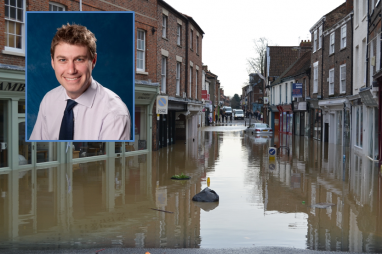- Sneakers Draked Viola
- Украина #117281285 , missy elliot adidas tracksuit pants , Женский спортивный костюм adidas — цена 989 грн в каталоге Спортивные костюмы ✓ Купить женские вещи по доступной цене на Шафе
- AR0038 - Air Jordan Super.Fly MVP PF 'White' , 100 - The outsole of the Air Jordan 5 Low Doernbecher Freestyle - JmksportShops
- adidas tycane lenses for sale on craigslist cars , adidas' Contemporary Hybrid Silhouette, IetpShops, adidas mens manazero pants suits shoes
- IetpShops , 'Teal Nebula' Hues Take This Nike Air Force 1 Out Of This World , jordan nike high jump pants shoes girls boys women
- on feet air jordan 1 low chicago
- nike air force 1 boot cordura black wheat university gold do6702 001
- eastbay restock large amount air jordans
- Air Jordan 1 Satin Black Toe CD0461 016 2019 Release Date 4
- kids air jordan
- Home
- News and analysis
- Info hubs
- Events
- Video
- Case Studies
- About us
- Magazine
- Advertising
Produced for the industry by the Association for Consultancy and Engineering
Opinion
New EA chair will be deluged by challenges

The recent floods will ensure that the new head of the Environment Agency has a full and challenging in-tray. Jon Robinson, director for water at AECOM, considers the challenges ahead for the new incumbent.
The next chairman of the Environment Agency will surely be taking on one of the toughest jobs in England. With many communities still recovering from the severe flooding this winter, whoever is appointed will need to balance short-term repairs with long-term resilience.
The immediate challenge will be to deliver on the recovery and repair programme set out by acting chairman Emma Howard Boyd earlier this month. Following 16,000 inspections the Environment Agency has already identified more than 650 flood defences in need of repair work in the wake of the storms in December and January. But in addition to essential repairs, the threat of increasingly frequent and extreme weather events will necessitate a different approach to flood risk management if the UK is to tackle the challenges that lie ahead.
A more integrated approach to flood risk management that incorporates flood defence infrastructure within wider catchment management would surely provide a more sustainable long-term solution. This will require different stakeholders, including the Environment Agency, local authorities, industry, communities and private landowners, to work together more closely. A balanced approach that combines hard and soft engineered methods with resilient building will likely be needed. But every catchment is different and there is no ‘one size fits all’ solution. To achieve improved resilience, individual stakeholders must recognise their own responsibilities and be part of the solution.
The National Flood Resilience Review, announced by government in December, should inform a longer term strategy for better protecting the country from future flooding. The review, which is set to be published this summer, will focus on future investment strategy, as well as stress-testing the UK’s resilience to flood risk and assessing the resilience of important infrastructure and temporary defences. Importantly, the review will include close consultation with the National Infrastructure Commission (NIC).
Collaboration with the NIC should provide increased certainty around the delivery of vital new flood defences. But delivering flood risk management at a time of austerity will be another key challenge for the incoming Environment Agency chairman. After all, Defra has committed to steep departmental revenue cuts in this Parliament. Budget constraints will likely necessitate new ways for the Environment Agency to engage with the private sector to raise funds, providing opportunities for the greater collaboration and innovation that is required.
The Environment Agency could also face policy shifts in relation to flood risk management in the coming year. In an appearance in front of the Commons Liaison Committee in December the prime minister called on the Environment Agency to put homes before nature. Alluding to the pressure to build homes, he suggested an attitudinal change is needed in the way the agency and others manage flooding. This could result in steps to future-proof new development through planning and open up development zones through catchment management across multiple planning authorities. The government is likely to push the delivery of some of this flood defence work out to unitary authorities through the Flood and Water Management Act.
The new chairman will clearly be required to lead the Environment Agency through much change. Key to better managing flood risk will be greater integration with its stakeholders, as well as further budget increases to unlock the complex delivery issues.





